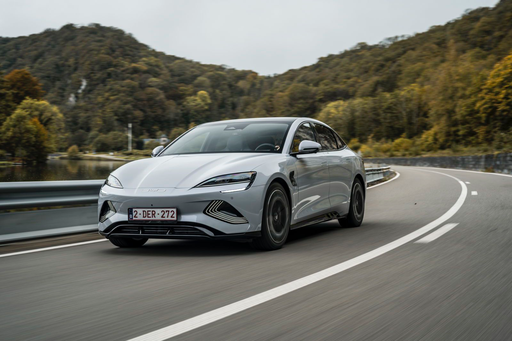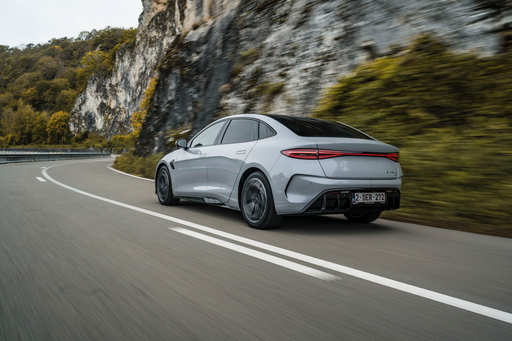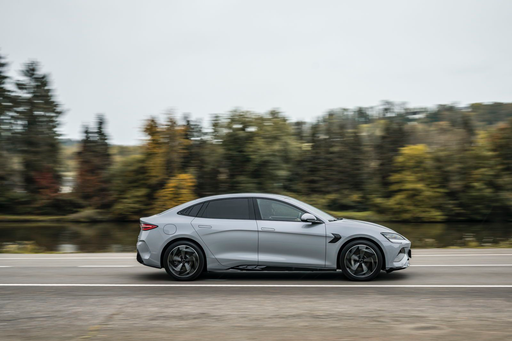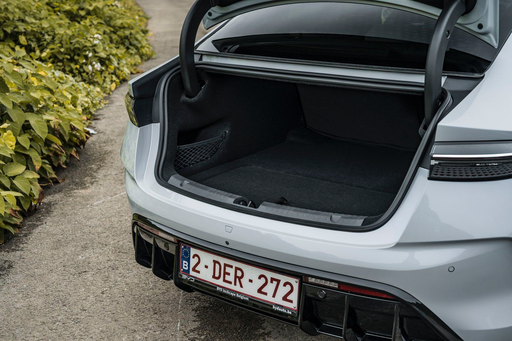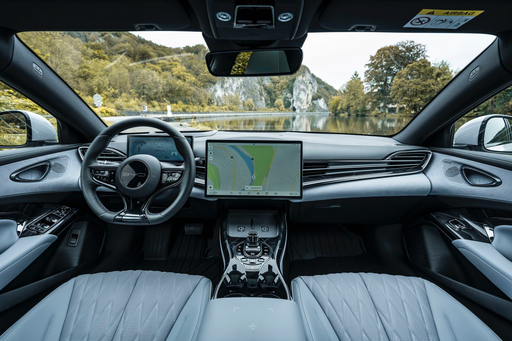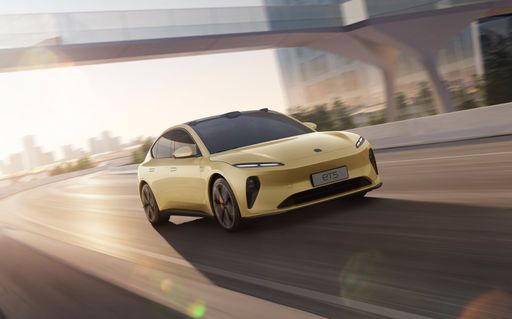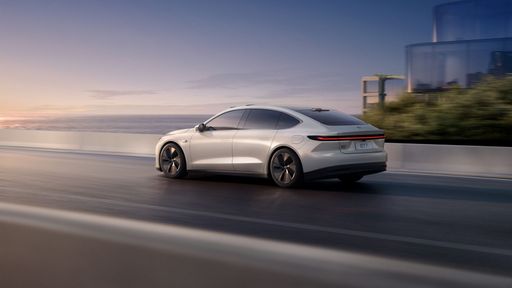Introduction: Two Contenders in the Electric Sedan Arena
In the rapidly evolving electric vehicle landscape, two strong competitors have emerged: the BYD Seal and the NIO ET5. With cutting-edge technology and impressive performance metrics, these sedans offer a glimpse into the future of sustainable driving. This article dives deep into their technical specifications, innovations, and overall value.

